
A blend of prepared ORGANICS potatoes, vegetables & porcini mushrooms 600g
New - Organic - Pre-cooked - Fry
Read more
Find the news of the brand as well as the advice of our teams
Thanks to a somewhat lucky discovery by American mycologist Paul Stamets, a new opportunity for saving endangered bees is opening up. It involves mushrooms.
Wearing his mushroom-shaped hat,Paul Stamets (who I have already mentioned here) can’t even believe it himself. On stage in San Rafael (California), with an audience of fans who have come to the 25th conference of Bioneers, a non-profit organisation promoting good practices and innovative solutions to meet environmental and bio-cultural challenges, he made an exciting and new revelation: bees need mushrooms.
Paul Stamets found no research on this topic, no published documents at all. It’s worth mentioning that he would never have made the connection if he hadn’t seen it one day in his own garden. Looking closely at the ground where he was growing his mushrooms, he came nose-to-nose with bees. They had carefully dug the ground to reach the mycelium and suck it greedily. The performance lasted 40 days non-stop, from dawn to dusk. Paul Stamets remembered this anecdote when his friend, director Louie Schwartzberg, asked him how we could save the bees from the programmed destruction caused by mankind.
After running a few studies, supported in particular by American entomologist Walter S. Sheppard, Paul Stamets observed that the bees used the mycelium of certain mushrooms that grow under trees (birch in particular) to improve their immune system. This is the case of the Red belted polypore, the tinder fungus, the Chaga and the red Lingzhi (known to help against arthritis). The Chaga mushroom also regulates the population of the Varroa, a parasitic mite associated with adult bees.
From this discovery, Paul Stamets is currently developing a functional food for honey bees, MycoHoney. But, most importantly he is demonstrating, as if it was still necessary, the urgency of fighting deforestation which is mechanically eliminating these mushrooms and, through a knock-on effect, bees.
Watch the conference with Paul Stamets: https://www.youtube.com/watch?v=DAw_Zzge49c
Magda

New - Organic - Pre-cooked - Fry
Read more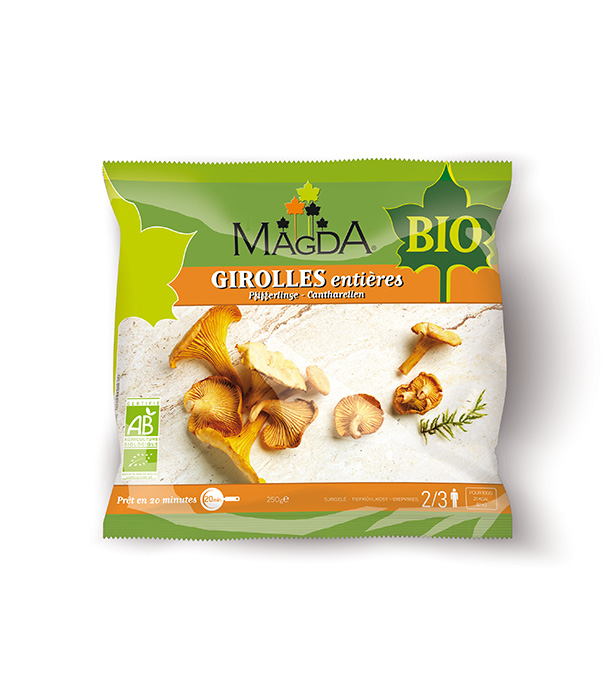
New - Organic - Plain mushrooms - Fry
Read more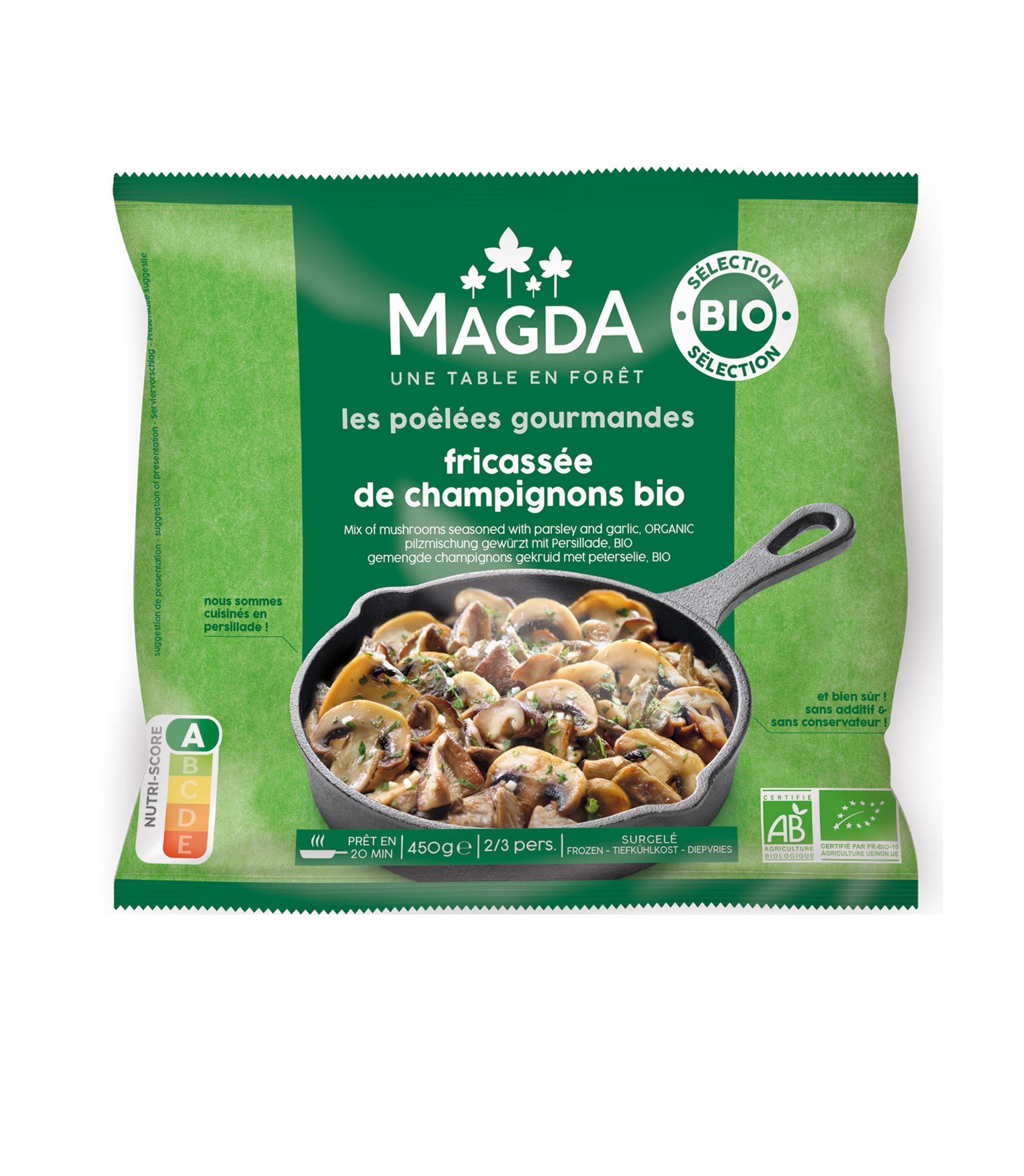
New - Organic - Pre-cooked - Fry
Read more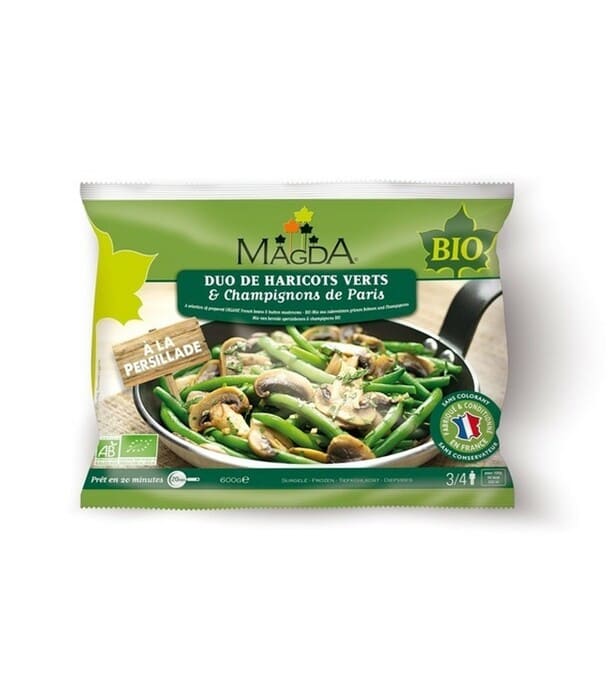
New - Organic - Fry
Read more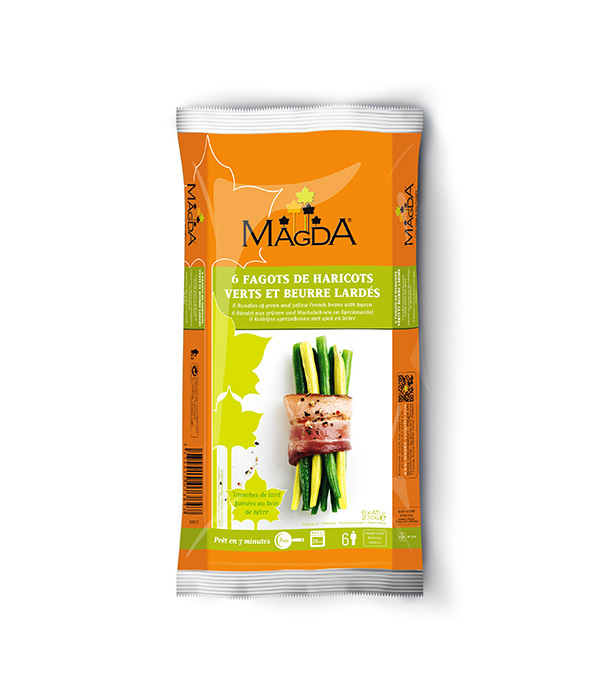
New - Vegetables - Bake - Fry
Read more
New - Pre-cooked - Fry - Microwave
Read moreNew - Pre-cooked - Fry
Read more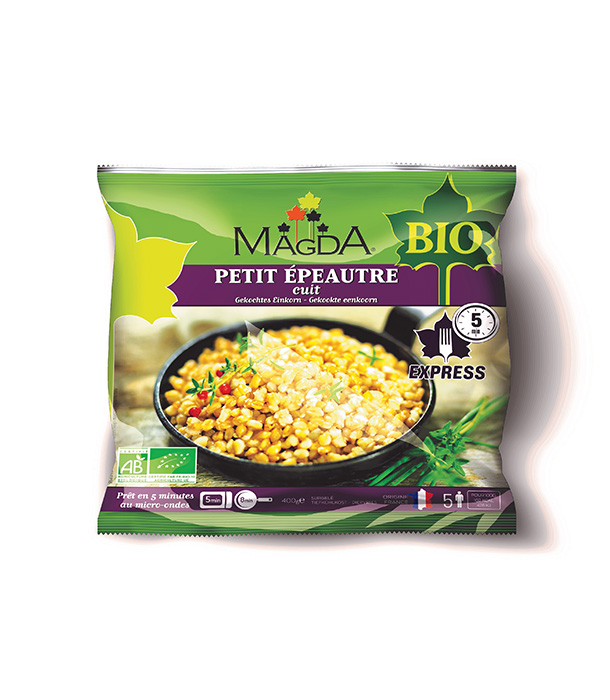
New - Organic - Fry - Microwave
Read more